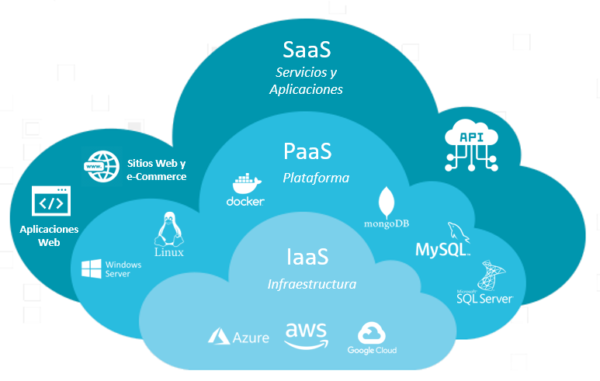Infrastructure as a Service (IAAS)
eliminates the need for enterprises to procure, configure, or manage infrastructure themselves, and they only pay for what they use
On-demand scalable computing resources available via the internet.
IaaS (Infrastructure as a Service) offers on-demand access to computing resources like servers, storage, and networking over the cloud. It is appealing because it eliminates the need for organizations to invest in and maintain physical hardware, which involves lengthy procurement, specialized facilities, and ongoing IT management.

In the IaaS model, the cloud provider is responsible for owning and managing the hardware, software, and data center facilities. With an IaaS solution, you lease resources such as computing power or storage, provision them as required, and are billed based on your actual usage. For instance, you pay for the computing resources you consume, while for storage, you are charged based on the capacity you use

Do You Need IAAS?
Businesses often opt for IaaS to shift from capital expenditures to operational expenses. By leveraging IaaS, companies can access storage, compute, and networking resources without the need to buy and maintain extensive private server rooms, which consume significant energy and space.
IAAS is also a cost-effective solution for handling unpredictable workloads or responding quickly to business changes.
If your organization faces any of the following situations, IaaS might be a suitable choice, as these conditions often require more scalability and flexibility than traditional data centers can offer.